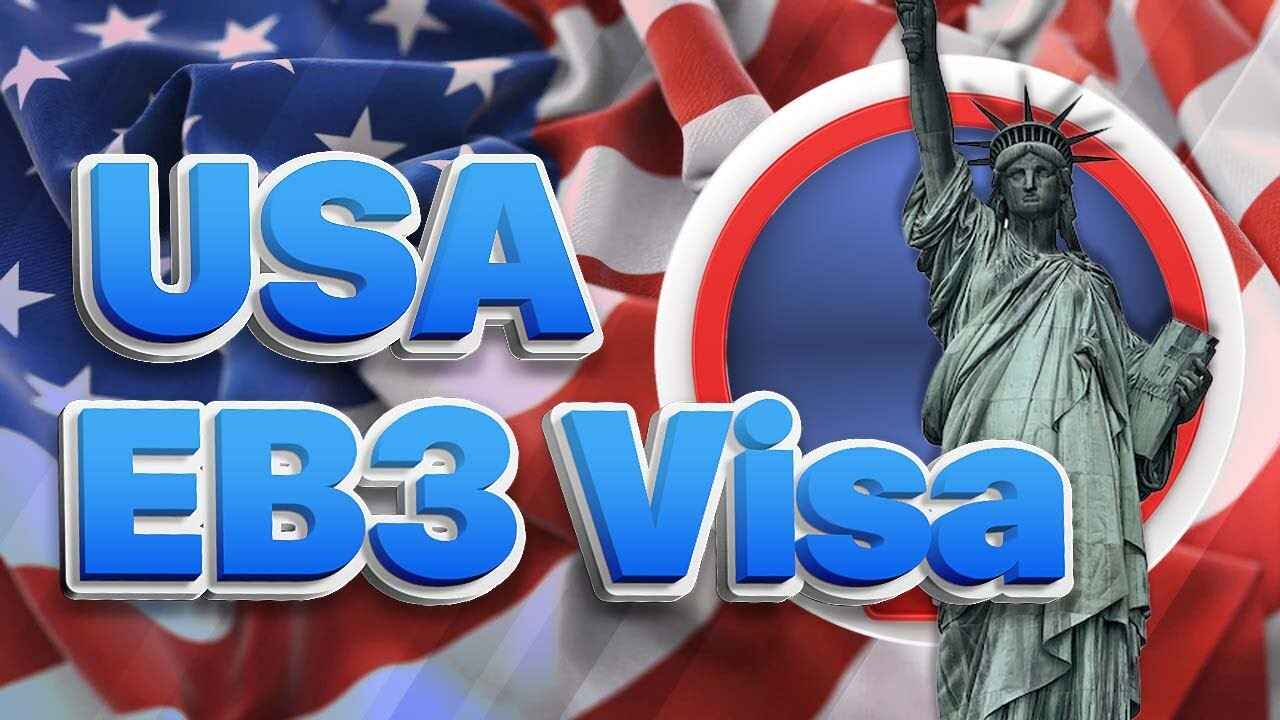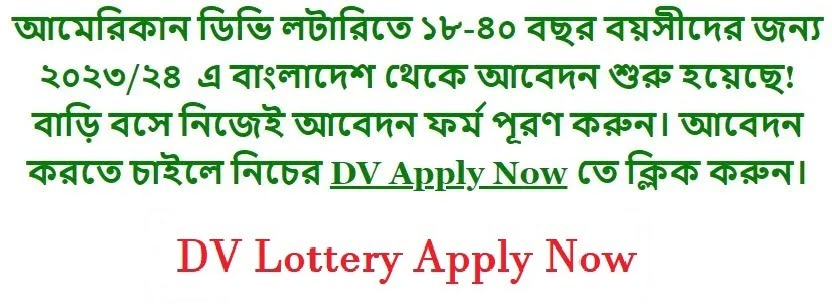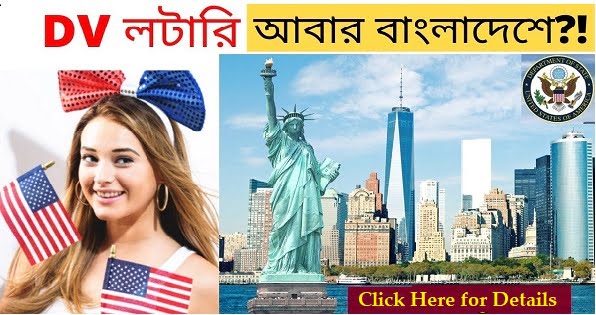
How to Get an American EB-3 Visa from Bangladesh
The EB-3 visa, part of the U.S. employment-based immigration system, allows skilled workers, professionals, and other workers to live and work permanently in the United States. For individuals in Bangladesh aspiring to achieve the American dream, the EB-3 visa represents an exciting opportunity. This guide will break down the process into manageable steps, highlight eligibility criteria, and provide valuable tips to make your journey smoother.
Understanding the EB-3 Visa Categories
The EB-3 visa is divided into three distinct categories:
- Skilled Workers: These are individuals with at least two years of job experience or training that is not temporary or seasonal.
- Professionals: Applicants must hold at least a U.S. bachelor’s degree or its foreign equivalent and demonstrate that their degree is required for the job.
- Other Workers: These include unskilled workers who can perform jobs that require less than two years of training or experience.
Understanding which category you fall under is crucial, as it determines the type of job offer you will need and the documentation required.
Step-by-Step Guide to Obtaining an EB-3 Visa from Bangladesh
1. Secure a Job Offer from a U.S. Employer
The first step in the EB-3 visa process is obtaining a legitimate job offer from an employer in the United States. The employer must be willing to sponsor your visa application and demonstrate that there are no qualified U.S. workers available to fill the position.
To find suitable opportunities:
- Research job boards and websites like LinkedIn, Indeed, and Monster.
- Network with professionals in your desired industry.
- Consider working with recruiters or agencies specializing in international employment.
2. Labor Certification Process
Once you have a job offer, your U.S. employer must file a Labor Certification Application (LCA) with the Department of Labor (DOL). This step, known as the PERM process, ensures that hiring a foreign worker will not adversely affect the wages and working conditions of U.S. workers in similar roles.
The employer must:
- Advertise the job in the U.S. market.
- Demonstrate that no qualified U.S. workers are available to take the position.
- Pay a wage that meets or exceeds the prevailing wage for the role in the job’s location.
3. File Form I-140 (Immigrant Petition for Alien Worker)
Once the labor certification is approved, your employer must file Form I-140 with U.S. Citizenship and Immigration Services (USCIS). This form establishes that:
- The employer has a legitimate need for the foreign worker.
- The employer can pay the offered wage.
- The foreign worker meets the qualifications for the position.
USCIS processing times for Form I-140 vary, but premium processing is available for faster results.
4. Wait for Priority Date Availability
Each EB-3 visa applicant is assigned a priority date, which is the date USCIS receives the Form I-140 petition. The Department of State’s Visa Bulletin determines when your priority date becomes “current,” allowing you to proceed with the next steps. For applicants from Bangladesh, visa availability may depend on the category you applied under and overall demand.
5. File for Adjustment of Status or Consular Processing
Once your priority date is current, you can apply for permanent residency:
- Adjustment of Status: If you are already in the United States on a valid visa, you can file Form I-485 to adjust your status to a permanent resident.
- Consular Processing: If you are in Bangladesh, you will need to attend an immigrant visa interview at the U.S. Embassy in Dhaka. This process involves submitting Form DS-260 (Immigrant Visa Application) and attending a medical examination at an approved clinic.
6. Prepare for the Visa Interview
The consular officer at the U.S. Embassy will review your application and supporting documents during the interview. Be prepared to present:
- A valid passport.
- Approved Form I-140.
- Confirmation of DS-260 submission.
- Proof of job offer and labor certification.
- Evidence of qualifications (e.g., degrees, training certificates, and work experience letters).
- Police clearance certificates.
- Medical examination results.
7. Receive Your Visa and Travel to the United States
If your visa is approved, the consulate will issue you an immigrant visa, allowing you to enter the United States. Upon arrival, you will receive a sealed packet to present to the Customs and Border Protection (CBP) officer at your U.S. port of entry. Once admitted, your green card will be mailed to your U.S. address.
Tips for a Successful Application
- Choose a Reliable Employer: Work with a reputable U.S. employer experienced in sponsoring foreign workers.
- Organize Your Documents: Ensure all required documentation is accurate, complete, and well-organized.
- Prepare for the Interview: Practice answering potential questions and review your application details thoroughly.
- Stay Informed: Keep track of your case status and priority date through USCIS and the Visa Bulletin.
- Seek Professional Assistance: Consider hiring an immigration attorney or consultant to guide you through the complex process.

Challenges and How to Overcome Them
The EB-3 visa process can be challenging due to:
- Visa Backlogs: High demand can lead to long wait times. Monitor the Visa Bulletin and plan accordingly.
- Complex Regulations: Immigration laws and procedures are intricate. Professional guidance can help you avoid errors.
- Employer Obligations: Some employers may hesitate to sponsor visas. Be transparent about the requirements and address any concerns they may have.
Conclusion
Obtaining an EB-3 visa from Bangladesh is a multi-step process requiring patience, preparation, and persistence. By securing a qualified job offer, meeting eligibility requirements, and following the outlined steps, you can navigate the system successfully. With determination and the right resources, the American dream can become a reality.
